 |
| February 10, 2020 |
Dear Reader,
Scientists have identified a flaring object at the center of a distant galaxy that they suspect is formed from the impending merger of two monstrous black holes. In other space news, Solar Orbiter, a collaboration between the European Space Agency and NASA, is officially on its way to the sun. The mission is expected to return unprecedented data and images, including our first views of the sun's polar regions. Today's newsletter also takes a look into Iran's nuclear capabilities, more record flooding in the U.S. interior and a risky EPA proposal that could endanger public health. |
| | Sunya Bhutta, Senior Editor, Audience Engagement
@sunyaaa | |
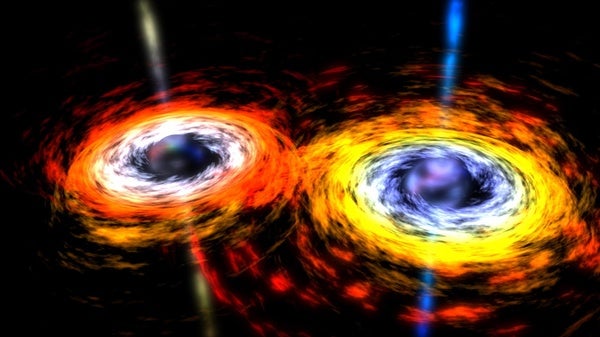 |
| |
| |
| Engineering How Quickly Can Iran Make a Nuclear Bomb? With an international deal in serious jeopardy, Iran is not racing to build nuclear weapons—but its capabilities are growing | | By Davide Castelvecchi,Nature magazine | | | |
| |
| |
| |
FROM THE STORE
 | | Mathematics in the 21st Century One of the most powerful tools in the science arsenal, mathematics allows scientists across disciplines to test hypotheses about the real world. In this eBook, we look at important recent advances in the field and examine the role of modeling and statistical analysis in understanding biology, physics, politics and more. |  | | |
| |
FROM THE ARCHIVE
 | | | |
| |
LATEST ISSUES
 |
| |
| Questions? Comments?  | |
| Download the Scientific American App |
| |
| |





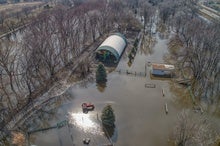
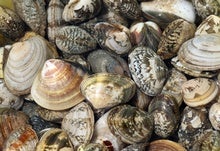
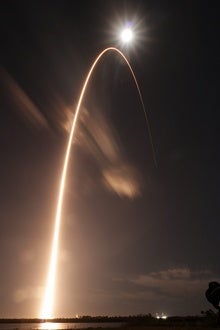
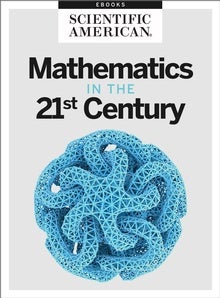

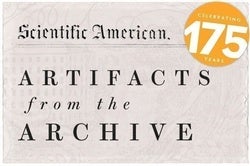
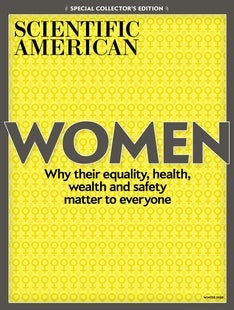

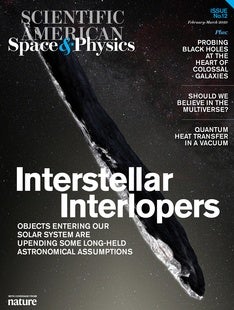
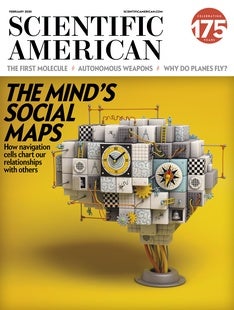
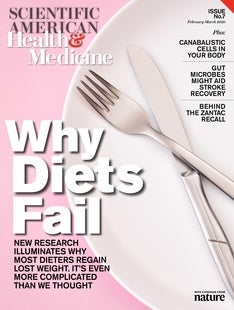



Comments
Post a Comment